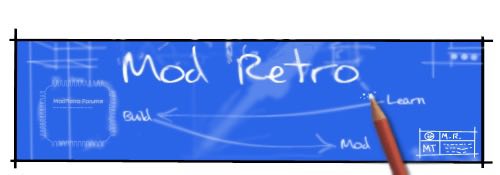Diminuendo
Well-Known Member
OK, so the way it has been explained to me, octal buffers are basically 8 switches that switch over automatically once one has been.
I'm trying to figure out how to activate them but I can't read circuit diagrams. I originally thought I was suppost to connect the two Output Enables to get it to work, but after reading it more I think it is the voltage, so here is my guess on how it's suppost to work written on the part sheet

so am I close?
Seriously any help would be great.
I'm trying to figure out how to activate them but I can't read circuit diagrams. I originally thought I was suppost to connect the two Output Enables to get it to work, but after reading it more I think it is the voltage, so here is my guess on how it's suppost to work written on the part sheet

so am I close?
Seriously any help would be great.



